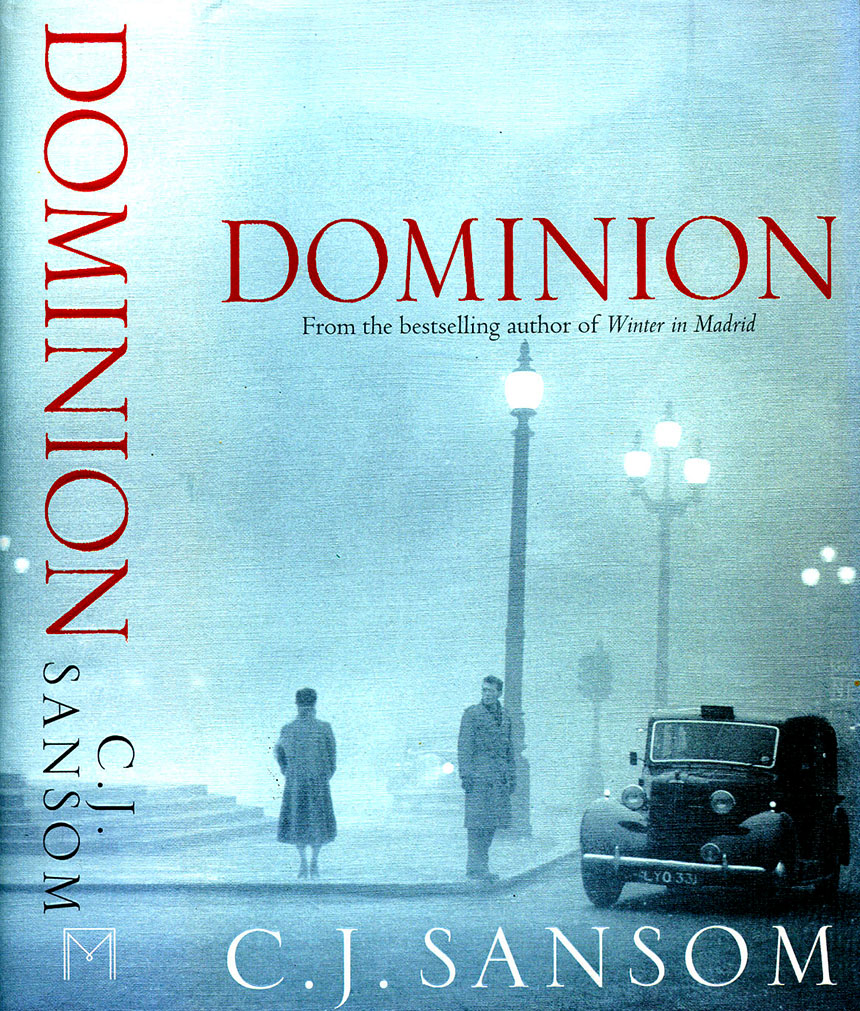
A modest version of a Scottish breakfast: Barley scone, beans, fake bacon, grilled tomatoes, fried egg
It’s less than a month until my trip to Scotland, and that got me looking forward to those enormous and irresistible Scottish breakfasts. How did it come to pass, I wondered, how beans are served for breakfast (to tourists, anyway) in both England and Scotland? I even have had breakfast beans in a hotel on Connaught Place in Delhi, which made me wonder if the idea came from India.
Nope. According to ChatGPT, breakfast beans came from America.
The H.J. Heinz Co., said the AI, started shipping its tinned Boston baked beans to Britain as early 1895. “By the 1920s,” AI wrote, “Heinz had adapted the recipe for British tastes, making it less sweet and more tomato-forward. These beans were cheap, easy to store, and didn’t require cooking from scratch, which made them popular in working-class homes — and eventually a fixture in the full English breakfast after WWII.” Breakfast beans arrived in Wales and Scotland a bit later, AI said — the 1960s-70s.
When I was making the breakfast in the photo, I tried to figure out the minimum number of pans required — (two). In a commercial kitchen, I’m sure, those big British breakfasts are cooked on a griddle. That made me realize than an electric griddle would be a nice thing to have, if I had a place to store it.
Democrats always get blamed for what fascists do

If I made a short list of the biggest lies ever told, one of them would be that there are two sides to every story. But there are not two sides to fascism — not two truthful sides, anyway. But that’s not how the mainstream media play it. We have a word for it — “both-sidesism.” It’s an ugly cousin of radical centrism, and it’s a foolish and deadly way of describing a world that has wicked people in it. Both-sidesism requires that lies have to be treated as though they’re true, or at least might be true, or at least that some people think they’re true.
There is a huge industry that blames Democrats for what Republicans do. For example, how many times have we heard that “Democrats abandoned the working class.” But Democrats didn’t abandon the working class. Republicans won over the working class with propaganda and con men that appeal to the deplorables’ ignorance, their racism, their gullibility, their awful religion, and their meanness.
The moment someone dares to point this out, the propaganda and con men have a ready answer: See there! You call them ignorant, racist, gullible, and mean but you claim you didn’t abandon them! No wonder they don’t like you! This is thought to be a real clincher of an argument that really owns and bedazzles the libs.
This so-called clincher of an argument also belongs on a short list of the biggest lies ever told. That lie is that educated elites are the real cause of fascism and that the deplorables are really just wonderful, wonderful people, if only we understood them. As for educated elites, as much blame gets heaped on liberals for failures to stand in the way of fascism as on fascists for their fascism. But if the deplorables saw fit to hand both houses of Congress, and the White House, to Republicans, just what magic wands do we expect Democrats to use to exert control, especially since fascists have packed the courts? Gavin Newsom of California is finally getting some traction with ridicule and plain talk.
Those who blame liberals for fascism apparently think that there exists some political strategy in which the deplorables can be won back from fascism with flattery, sweet talk, and “understanding.” That is nonsense. We have passed the tipping point. The only solution is to remind the deplorables that there are more civilized people in the world than there are deplorables, and that civilized people have a bigger stick, once they decide to use it. If the deplorables want a war, then ask them whose side half the American people (the smarter half), plus Europe, Canada, and Mexico would be on. Gavin Newsom and Beto O’Rourke are now, at last, being heard above the noise of both-sidesism.
One of most beautiful things we’ve seen lately was seven European leaders — five of them heads of state — descending on Washington to let Trump know where some lines will be drawn. The American media pretended not to understand, because it would feel oh so very harsh to have to explain to the American people that they now live in a rogue country that the world is preparing to deal with. That visit was a warning.
Trump and company know that this is their last chance. They’re going to go for full-on fascism that no law and no election can depose, counting on never being held accountable, free to loot and to dominate. They don’t have the cards to do that. Someone should remind them of Nuremberg.
Summer is winding down

A spicebush swallowtail butterfly was kind enough to pose for me on a Mexican sunflower. Click here for high-resolution version.
After a hot and humid month, Hurricane Erin moved up the East Coast, followed by weather than feels like early fall, with nighttime lows in the 60s and even 50s.
What a relief.











